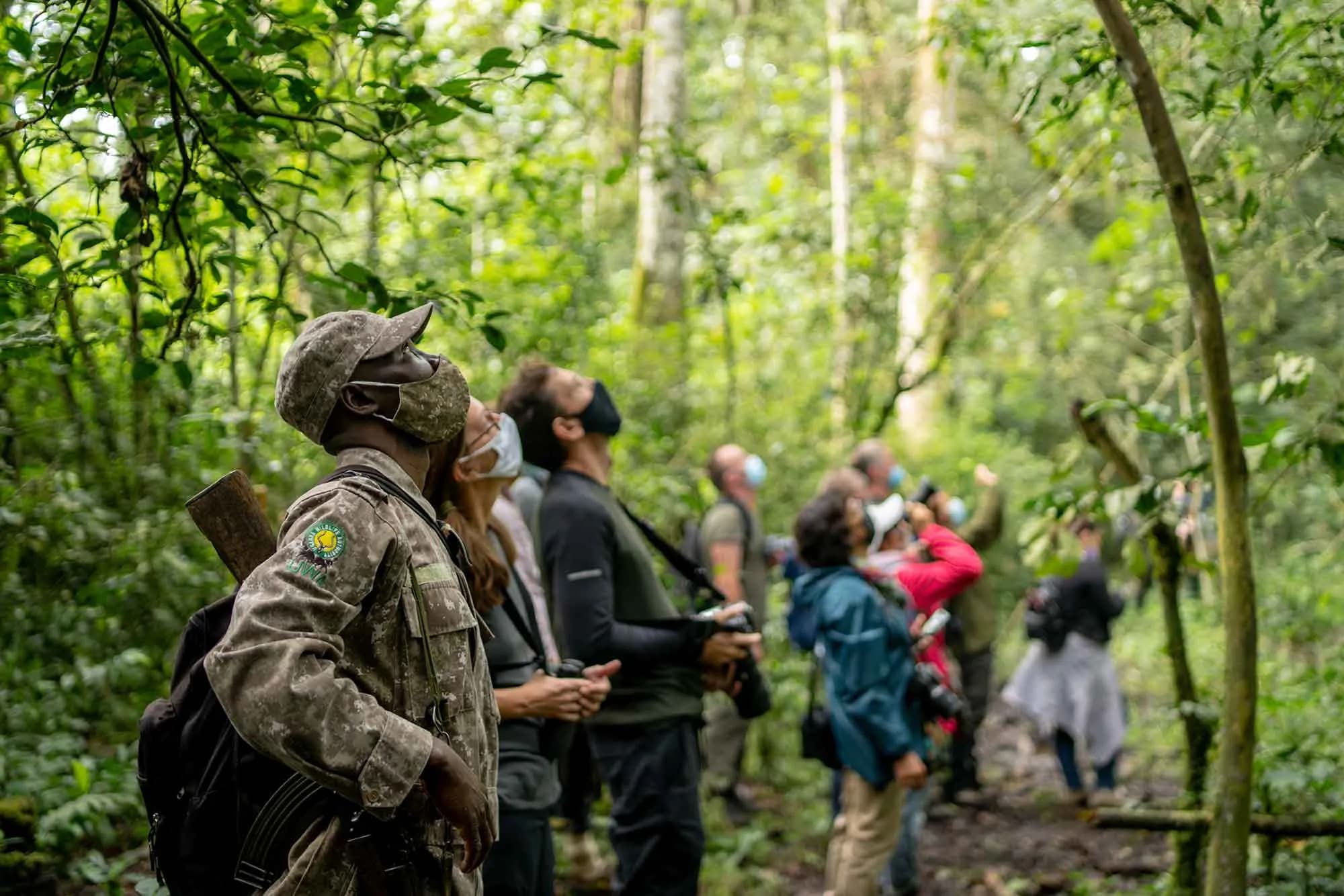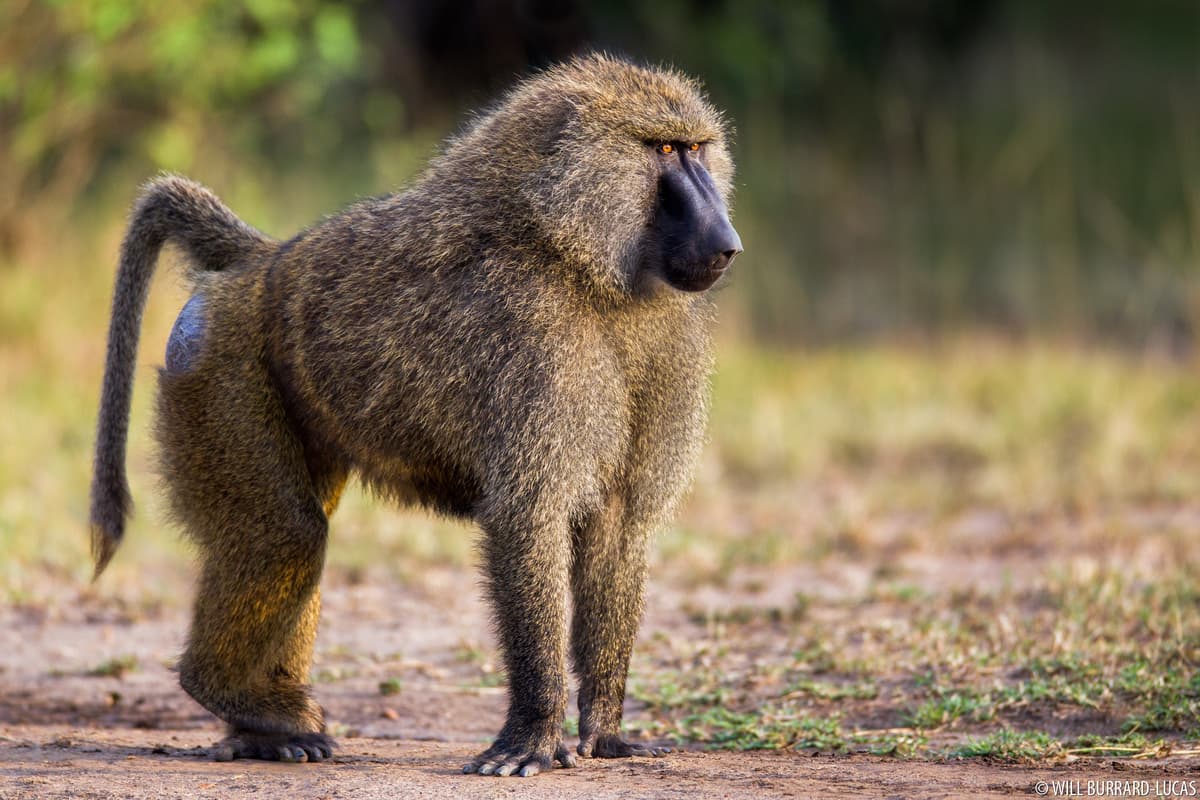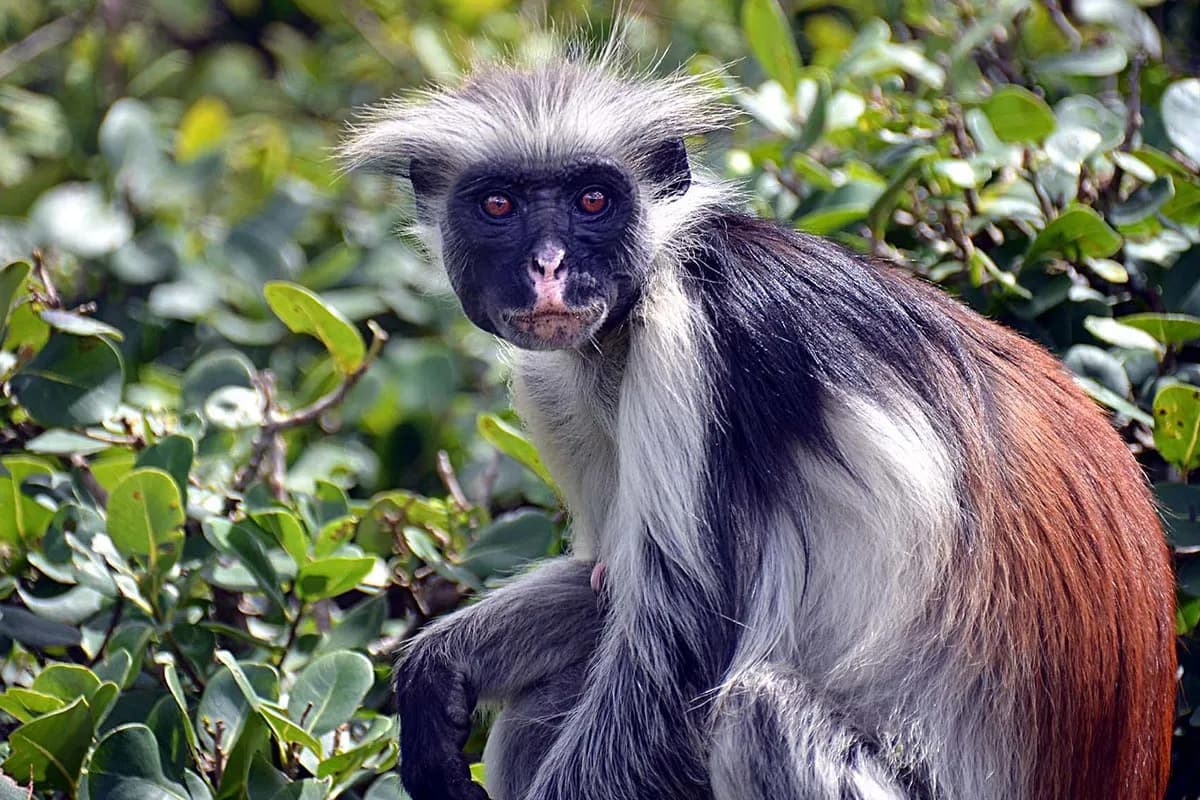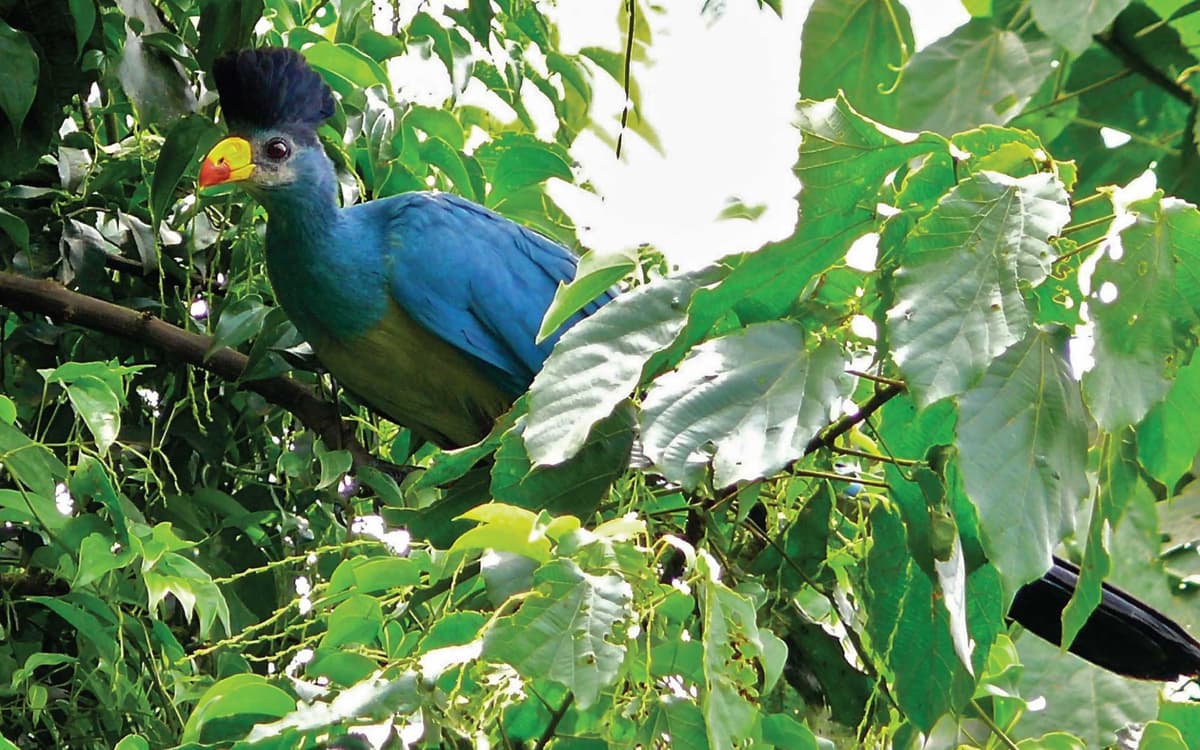
Discover one of East Africa's most spectacular destinations
Kibale National Park, located in the heart of southwestern Uganda, is a UNESCO World Heritage Site and one of Africa's premier wildlife and primate conservation areas. Often dubbed the "Primate Capital of the World," Kibale is globally recognized for its thriving population of approximately 1,500 chimpanzees, making it one of the largest and most accessible chimpanzee habitats on the continent. Visitors come from all over the world for chimpanzee trekking, an unforgettable wildlife experience that allows close observation of these intelligent and social primates in their natural habitat.
Beyond chimpanzees, Kibale National Park is home to an extraordinary diversity of primate species, including the striking black-and-white Colobus monkeys, olive baboons, red-tailed monkeys, and vervet monkeys, which make up nearly half of the world's total population of this species. This rich primate diversity makes Kibale a hotspot for wildlife photography, primatology research, and eco-tourism.
Spanning approximately 79,000 hectares of moist evergreen tropical rainforest, Kibale's landscape is a biodiversity hotspot, dominated by dense, lush vegetation and a multilayered canopy filled with native kibale fig trees and other indigenous flora. This rich forest ecosystem supports a wide array of wildlife, including large mammals such as African elephants, Cape buffalo, forest antelopes, and the elusive leopard. The park is also a renowned birding destination, hosting over 375 bird species, including rare and endemic birds like the great blue turaco, Nahan's francolin, and the spectacular African green broadbill.
Kibale's diverse habitats — from swampy wetlands to rolling grasslands and deep forest interiors — provide ideal environments for a variety of biodiversity conservation efforts and environmental research.
In addition to chimpanzee trekking, visitors can enjoy guided nature walks, bird watching tours, forest hiking, and cultural experiences with nearby communities.

Discover the unique experiences that make this destination unforgettable
Kibale National Park is world-renowned for its chimpanzee tracking experience, which attracts wildlife enthusiasts and primatologists globally.
With over 370 bird species recorded, Kibale National Park is a paradise for bird watchers and ornithologists.
The park features several scenic hiking trails that offer different ways to explore its rich biodiversity.
Kibale National Park is home to the Ndali-Kasenda community, part of the Banyarwanda people, who offer visitors authentic cultural experiences.
The ideal time to visit Kibale National Park is during the dry seasons, which occur from June to September and again from December to February. During these periods, the weather is predominantly clear, sunny, and dry, providing optimal conditions for chimpanzee trekking, wildlife viewing, and bird watching. The dry weather makes forest trails more accessible and less slippery, enhancing the overall trekking experience for visitors of all fitness levels.During the dry season, animals tend to congregate near remaining water sources, making it easier for visitors to spot elephants, buffaloes, primates, and various other wildlife. This increased visibility also benefits wildlife photographers, who can capture stunning images in natural light without heavy rain interruptions.The dry months also coincide with the peak activity of many bird species, making it a prime time for birding safaris in Kibale. Bird watchers can enjoy spotting rare Albertine Rift endemic birds, such as the great blue turaco, Nahan’s francolin, and the African green broadbill.That said, Kibale’s rainforest remains a vibrant and lush environment year-round. The rainy seasons, which span March to May and October to November, bring intense greenery and a burst of life to the forest ecosystem. Although the trails can be muddy and more challenging to navigate during these months, this period offers a unique experience for those interested in seeing the forest in its fullest bloom, including active wildlife and a plethora of flowering plants.The rainy season is also a fantastic time for nature photography, with misty forests, sparkling waterfalls, and vibrant wildlife activity creating magical photo opportunities. Additionally, fewer tourists visit during this time, providing a more tranquil and intimate experience.
Accommodation options range from eco-lodges to budget-friendly campsites, providing travelers with immersive experiences in this pristine environment.
Kibale National Park is located about 350 kilometers from Kampala, the capital of Uganda.
Experience incredible wildlife encounters in their natural habitat




Let our expert team create a personalized safari itinerary just for you
Join 5,000+ safari enthusiasts receiving exclusive deals, travel tips, and wildlife updates
By subscribing, you agree to receive marketing emails from Asili Africa Expeditions. View our Privacy Policy. Discount code will be sent to your email within 5 minutes.